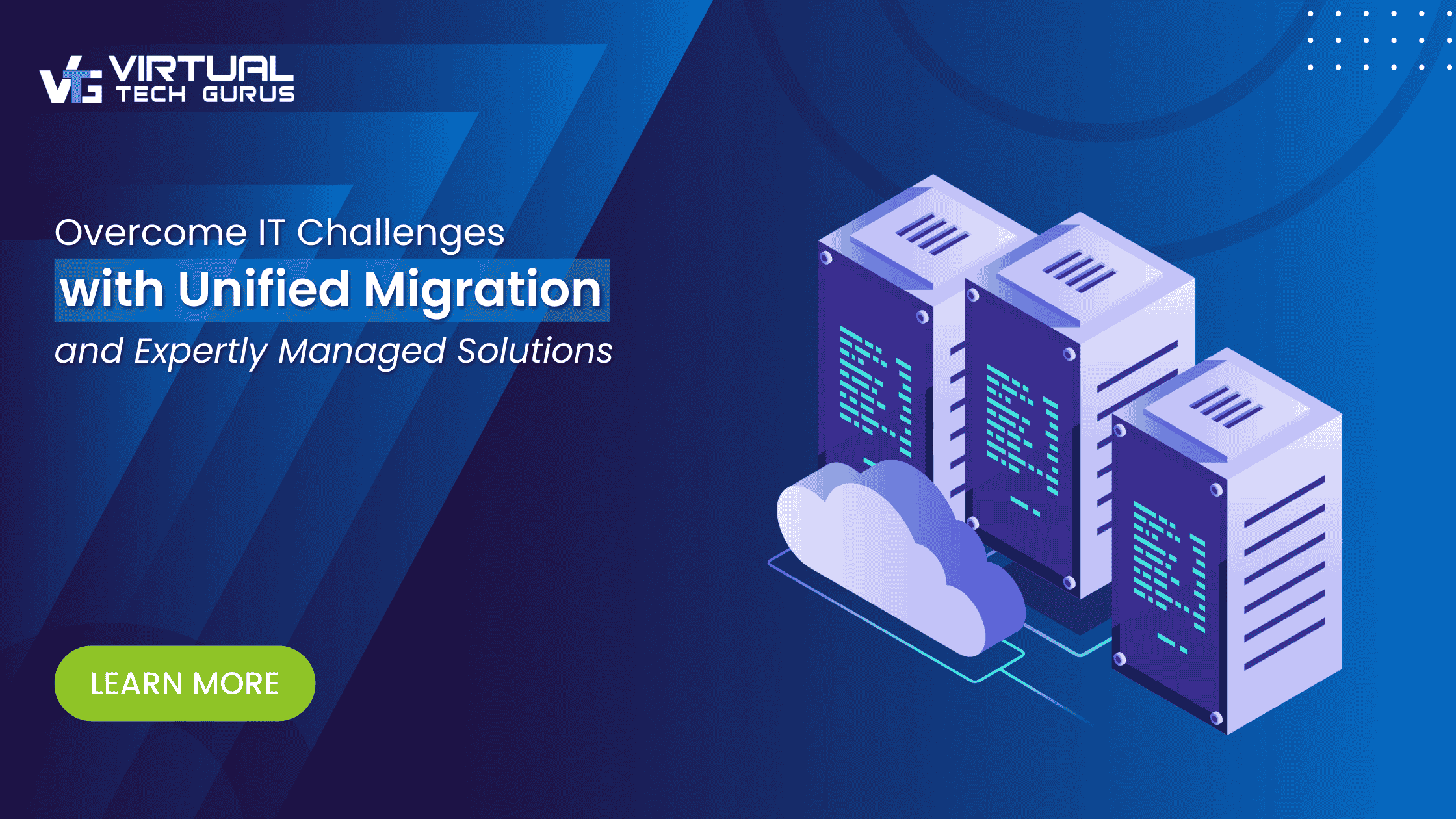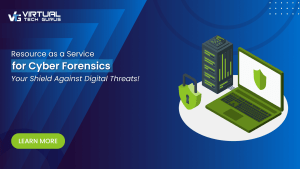In our increasingly digital world, remote device management has become a fundamental component of modern IT infrastructure. Whether your organization has embraced remote work, operates in multiple locations, or utilizes Internet of Things (IoT) devices, managing and monitoring devices remotely is crucial for ensuring seamless operations and maintaining security. In this comprehensive guide, we will explore the essentials of remote device management, providing insights and best practices to help you navigate this critical aspect of modern IT.
What Is Remote Device Management?
Remote device management involves the centralized control and monitoring of devices, such as computers, servers, mobile devices, and IoT gadgets, from a remote location. This allows IT administrators to perform tasks like software updates, security patches, troubleshooting, and data monitoring without the need for physical access to the devices.
Key Components of Remote Device Management
To effectively manage devices remotely, you need the right tools and processes. Here are the key components:
- Device Inventory and Discovery: Start by creating an inventory of all devices on your network. This includes computers, mobile devices, servers, and IoT endpoints. Regularly scan your network to discover new devices and keep your inventory up to date.
- Device Configuration: Centralized configuration management allows you to standardize device settings and enforce security policies remotely. This is especially important for ensuring consistency and security across your organization.
- Software Deployment and Updates: Remote device management tools enable you to deploy software applications and updates to multiple devices simultaneously. This is crucial for keeping software current and secure.
- Security and Patch Management: Regularly apply security patches and updates to devices to protect them from vulnerabilities and exploits. Remote management tools can automate this process, ensuring that policy enforcement is consistent.
- Remote Troubleshooting and Support: Diagnosing and resolving issues on remote devices is a key component of device management. Remote support tools enable IT staff to troubleshoot problems without being physically present. Two or multi-factor authentication can be implemented to enhance security during this process.
- Monitoring and Reporting: Continuous device monitoring provides insights into device performance, security, and compliance. It helps identify anomalies and potential issues, which can be addressed proactively.
- Security and Compliance Management: Ensure that devices meet security and compliance standards. Remote device management tools can help enforce security policies and audit device configurations for compliance. This includes the ability for remote wipe in case of lost or stolen devices.
Choosing the Right Remote Device Management Tools
Selecting the right tools is essential for effective remote device management. Consider the following when choosing a solution:
- Scalability: Ensure the tool can handle your organization’s current and future device management needs.
- Compatibility: Check if the tool supports the devices and operating systems in your network, including IoT devices.
- User-Friendly Interface: A user-friendly interface makes it easier for IT staff to manage devices efficiently.
- Security Features: Robust security measures, including encryption and authentication, are essential to protect remote management communications. Implementing strong encryption is crucial to maintain data security.
- Automation and Scripting Capabilities: Automation simplifies routine tasks, while scripting allows for custom configurations and policy enforcement.
- Reporting and Analytics: Detailed reports and analytics help monitor and evaluate the performance and security of remote devices. Regular reporting aids in compliance management.
- Vendor Support: Reliable vendor support is crucial for addressing issues and getting timely updates. It ensures that you can quickly adapt to new security threats and vulnerabilities.
Best Practices for Remote Device Management
- Document Your Strategy: Start by documenting your remote device management strategy, including goals, policies, and procedures. This document serves as a reference point for all involved in device management.
- Implement Access Controls: Limit access to remote management tools to authorized personnel, ensuring only those with the appropriate permissions can control devices. Role-based access controls are essential for security.
- Prioritize Security: Emphasize security at every stage of device management. Regularly update and patch devices, enforce security policies, and employ encryption. Two or multi-factor authentication is recommended to enhance access security.
- Regular Auditing: Conduct regular audits to ensure compliance with security standards and configurations. Auditing is essential for detecting policy violations and non-compliance.
- Training and Education: Train IT staff in the use of remote management tools and best practices for remote device management. Training ensures that your team is proficient in managing devices efficiently and securely.
- Disaster Recovery Planning: Develop a disaster recovery plan to ensure business continuity in case of device failures or data loss. Part of this planning involves implementing remote wipe capabilities for lost or stolen devices.
Discover Our Remote Device Management and Monitoring Services
At Virtual Tech Gurus, we recognize the importance of remote device management and monitoring in today’s dynamic digital landscape. Our commitment to delivering top-tier solutions ensures that your devices are secure, optimized, and compliant.
Our services encompass:
- Comprehensive Device Management: We provide end-to-end device management solutions, from inventory and configuration to software updates and security patching.
- Cutting-Edge Security: Our robust security measures, including encryption and multi-factor authentication, safeguard your devices and data against evolving threats.
- Remote Troubleshooting: Count on us for prompt, efficient remote troubleshooting and support, minimizing disruptions to your operations.
- Real-time Monitoring: We offer continuous device monitoring, coupled with detailed reporting and analytics, to maintain peak performance and security.
- Policy Enforcement: Ensure that security and compliance policies are consistently upheld with our remote device management services.
Virtual Tech Gurus is a trusted partner in building and maintaining a resilient and efficient IT infrastructure. Contact us today to explore how our remote device management and monitoring services can benefit your organization. Your digital future is in safe hands with us.





